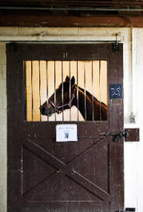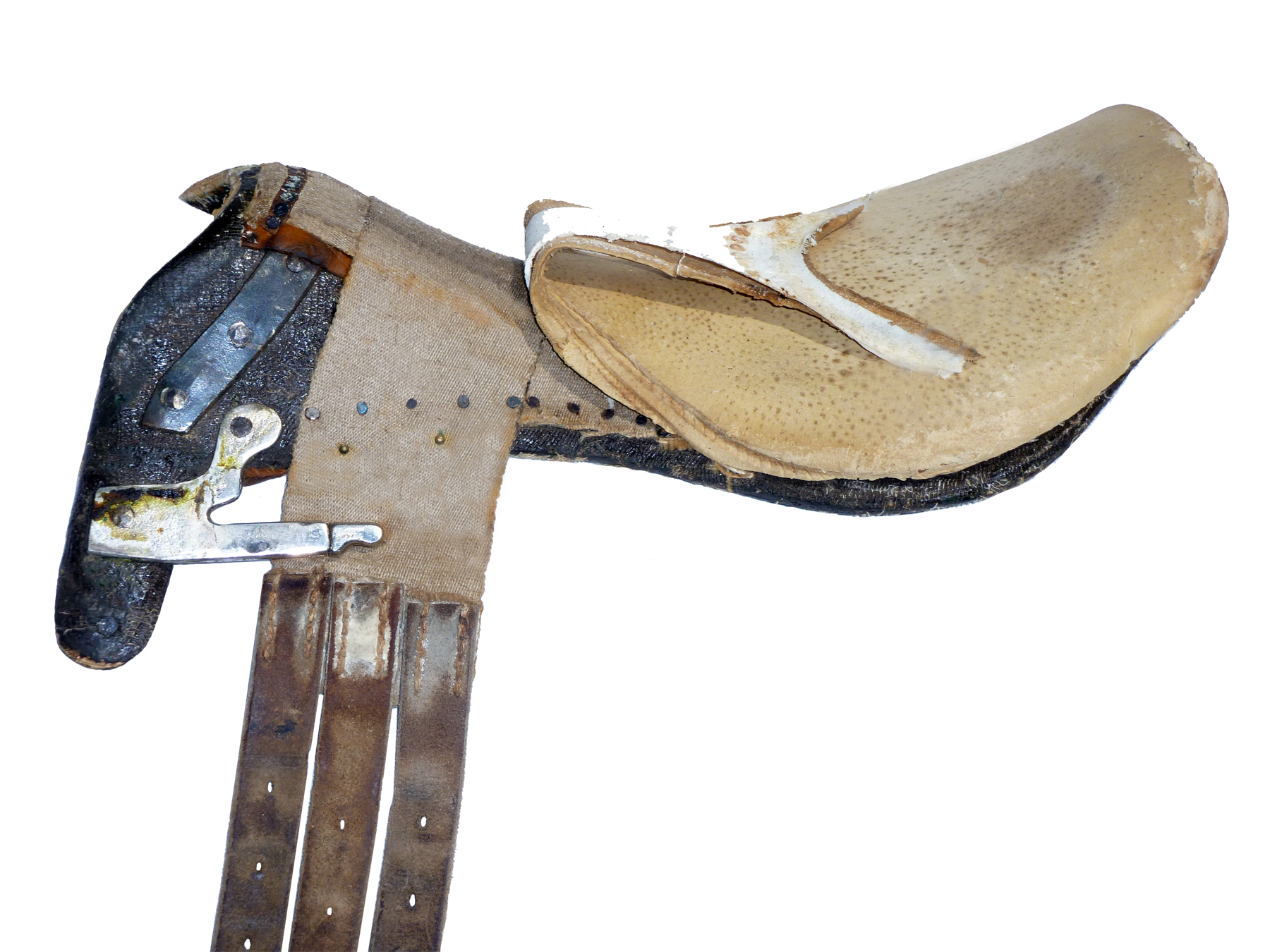Saddle Fitting Case Histories
I work with my friend Dr. Joanna Robson, DVM (Author of ‘Recognizing the Horse in Pain and What You Can Do About It’) occasionally and confer with her often on horse issues that arise due to poor saddle fit, so we exchange war stories. She is also one of the founding members of our HIPPOH Foundation (Horse Industry Professionals Protecting Our Horses – www.hippohfoundation.org). I thought this week I would share with you one of the stories she emailed to me recently (the names have been omitted to protect the innocent – or in this case, the guilty!).
 Her client wrote her:
Her client wrote her:
“I’ve emailed a couple people about saddle fitting. In 20 years of riding I’ve never heard of flocking…. here is my situation and maybe you can tell me if there’s anything you can do to help. I’m taking driving lessons on an 11 year old Standardbred who was broke for the track (pacer) but never raced. Someone broke him under saddle at some point in his life but he has been ridden maybe a dozen times. The owner lets him sit in his stall 6 days a week. I needed a horse to ride and he needed to get out so I offered to ride him. She believes my saddle is making him sore due to his head tossing, pinning his ears back and bucking – which could very well be true, but personally I think it’s from me making him work and do things he doesn’t want to do. He has no muscle tone whatsoever and looks like a 30 year old horse. My saddle is a 20 year old C….. with a felt panel.”
I don’t think it’s fair to come across as judgemental – this lady is obviously ill-informed and the horse is suffering, but she was at least reaching out (well, maybe) to see if she could get some help. What’s almost worse is that the owner believes it’s ok to keep this horse locked in a stall for all but 1 hour a week. Apparently, he only gets out to “go for a Sunday stroll.”
How sad is that?? There is so much wrong in this situation I don’t even know where to begin, but all of those behaviors exhibited were due to a really poorly fitting saddle with a too-narrow gullet, an ill-fitting panel and a saddle which was too long. That’s my diagnosis without having even seen the horse and the saddle, but part of his issues could also simply be due to the fact that he is pretty much immobile 24/7, without socialization possibilities and no interspecies interactions.
And I have to admit that until I had my epiphany about proper saddle construction that the first couple hundred saddles I made also had gullet channels that were likely too narrow, with panels that were too long. That’s why you have to be careful about buying older used Schleese saddles on eBay or the like; check the serial number to see what year they were made (last two digits); what kind of tree they have (W, E, H, or S in the serial number), and ensure that they have panels that are the right length for your horse’s back.
Traditional English wooden trees (such as those found in the saddle mentioned above – still to this day) are made of about 16 layers of laminated wood, glued together, and stabilized with a multi-riveted gullet plate. They are not really adjustable; most saddle fitters seem to equate adjustment with simple reflocking and can do nothing if they have to change the gullet plate width or angle. A simple reflocking without a gullet plate adjustment will likely not achieve the necessary result – and a felt or foam panel simply cannot be adjusted in any case.
(such as those found in the saddle mentioned above – still to this day) are made of about 16 layers of laminated wood, glued together, and stabilized with a multi-riveted gullet plate. They are not really adjustable; most saddle fitters seem to equate adjustment with simple reflocking and can do nothing if they have to change the gullet plate width or angle. A simple reflocking without a gullet plate adjustment will likely not achieve the necessary result – and a felt or foam panel simply cannot be adjusted in any case.
It’s often frustrating when we as saddle fitting experts come across situations such as this and the blame gets laid on the wrong issue – out of simple ignorance or sometimes wilful negligence. We have to take the high road and bite our lip rather than say something we shouldn’t. That’s why my passion in life has become education; the more people who become aware, the more horses will benefit. “You can’t change the world by fixing the problems of one horse, but you can change the world for one horse by fixing his problems.” One horse at a time – that’s what keeps me going!
